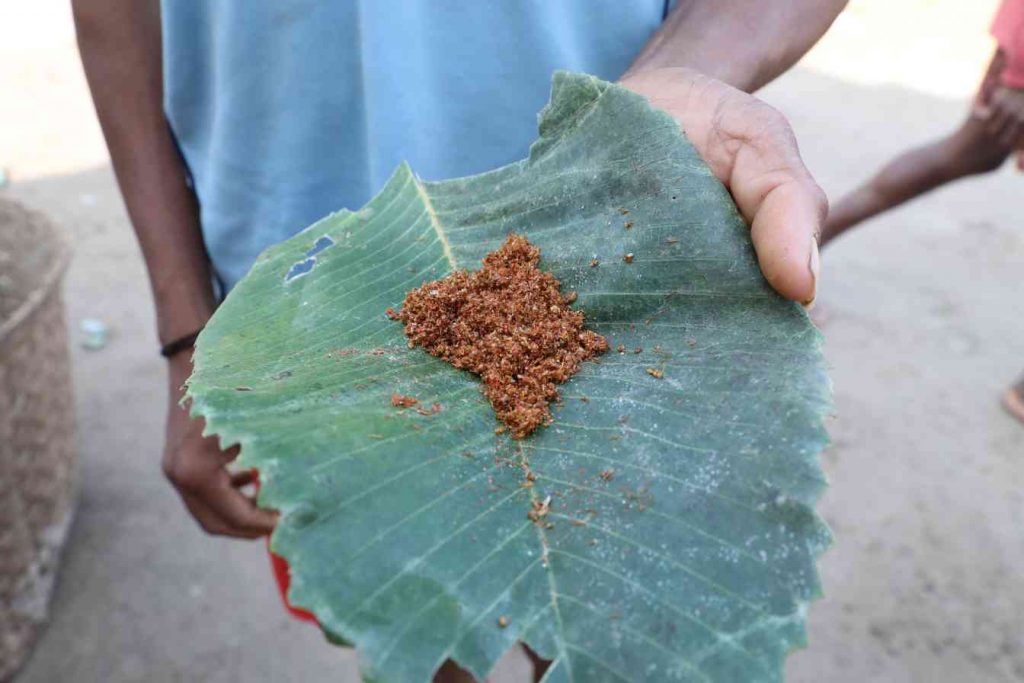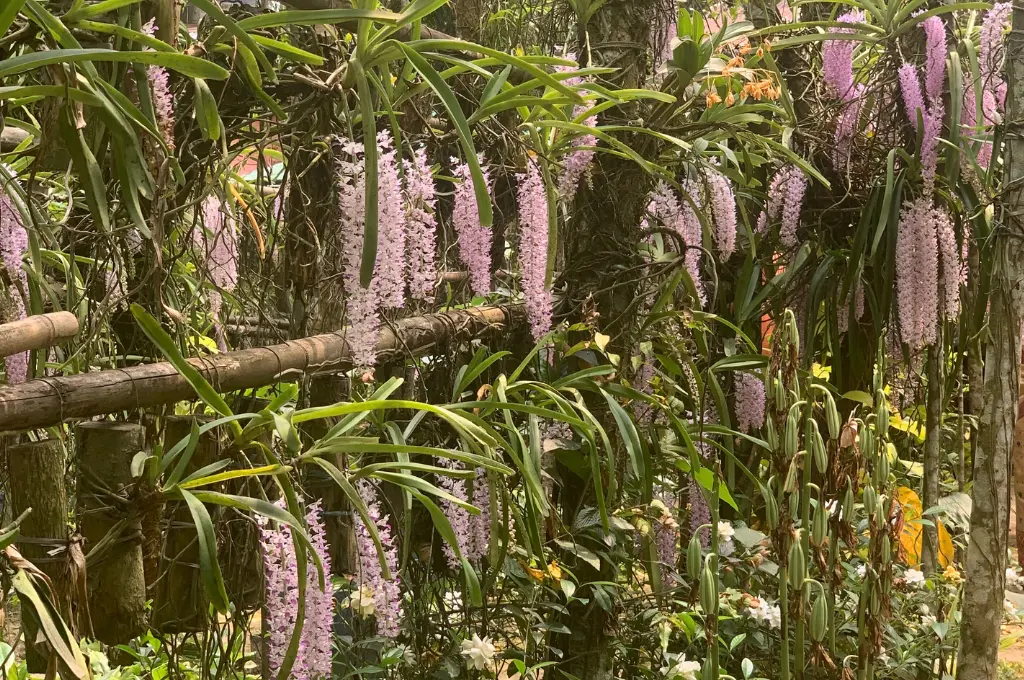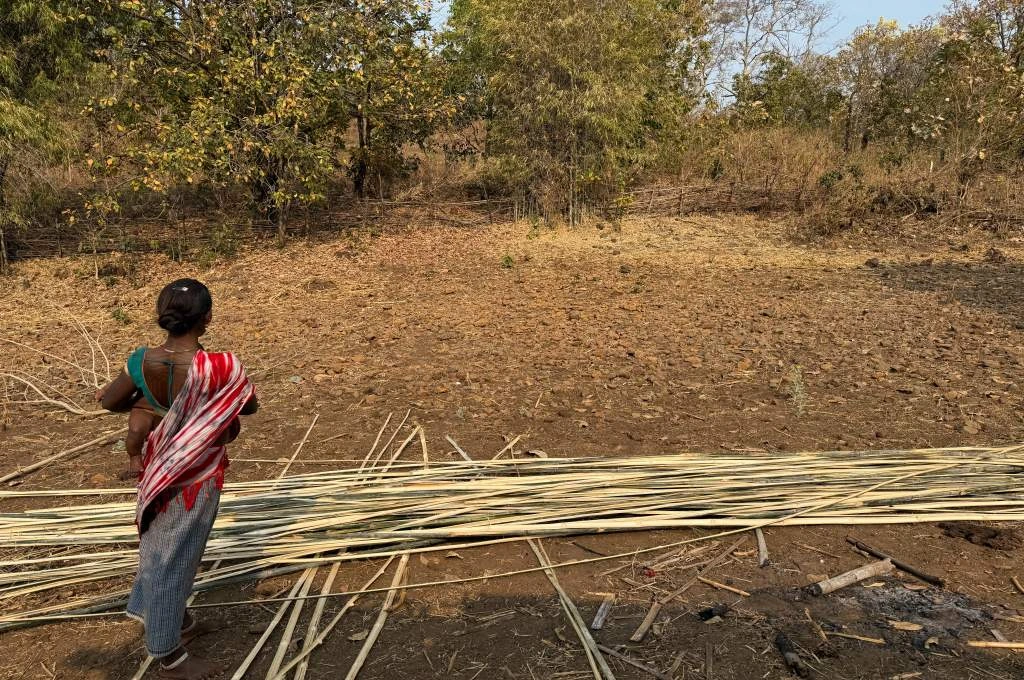READ THIS ARTICLE IN
Red ant chutney

Red ant chutney is a sought-after delicacy across Gadchiroli district in Maharashtra. For the forest-dwelling Madia tribe, ant chutney provides a wonderful, tangy flavour to their food. The chutney can be added to a range of dishes including fish, vegetable curry, ambadi (a green leafy vegetable), and so on. Due to its high folic acid content, the chutney is extremely hot. It is also believed to be a good source of protein.
To make the chutney, the community often dries the red ants in the sun on their rooftops. This helps preserve it for many months and allows them to add it to various dishes as and when required.
But collecting ants for the chutney is a difficult task. The Madia tribesman has to walk long distances and go deep in the wild forests to collect the ant nests. “The red nests are generally located high on treetops. You need two people to collect the nest. We first have to climb the tree to cut the branch. Once the branch has fallen on the ground, we need to quickly collect and kill the ants, before they disperse or bite us,” said one of the Madia tribesman.
The red ant bite can be very painful. An attack by multiple ants can easily lead to swellings across the body. But the Madia community has mastered the art of collecting the ants for food and they believe it is worth the risk.
Simit Bhagat is a social development practitioner and filmmaker based out of Mumbai.
—
Know more: Understand why undernutrition persists among India’s tribal population.
Do more: Connect with the author at S.Bhagat@alumni.ids.ac.uk to understand more about and support his work.



